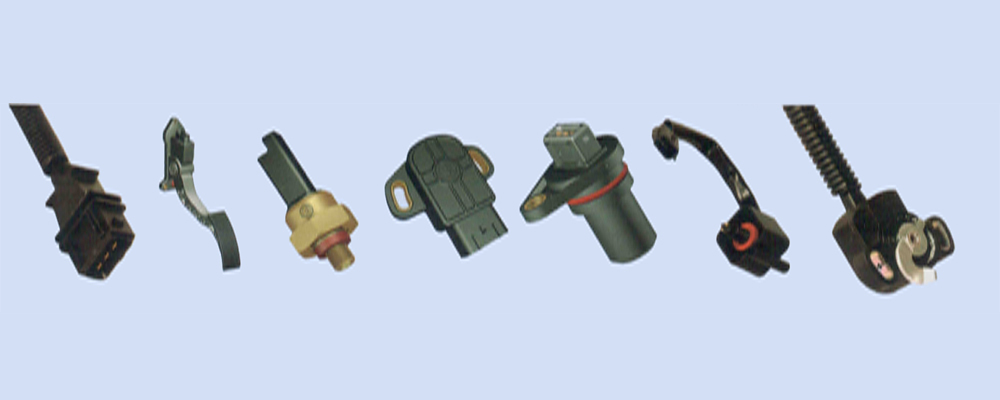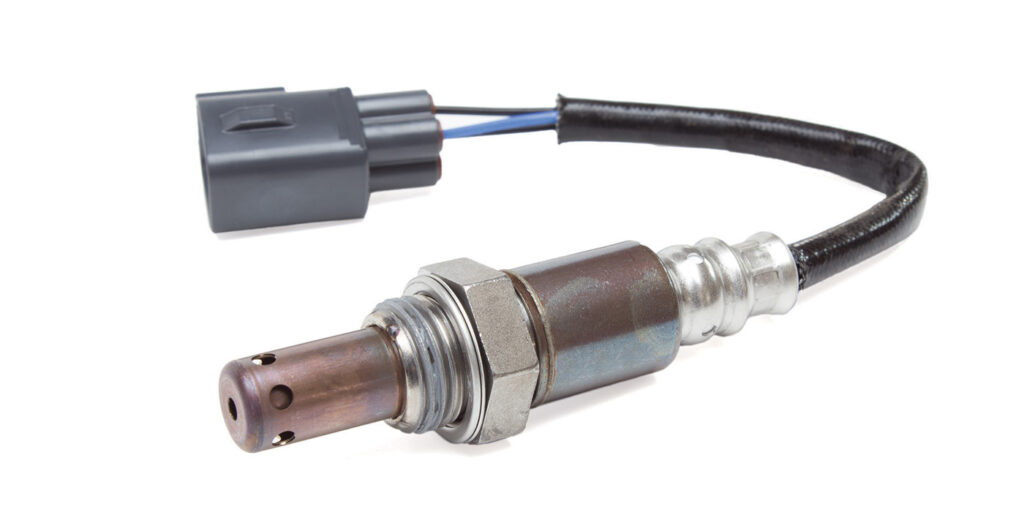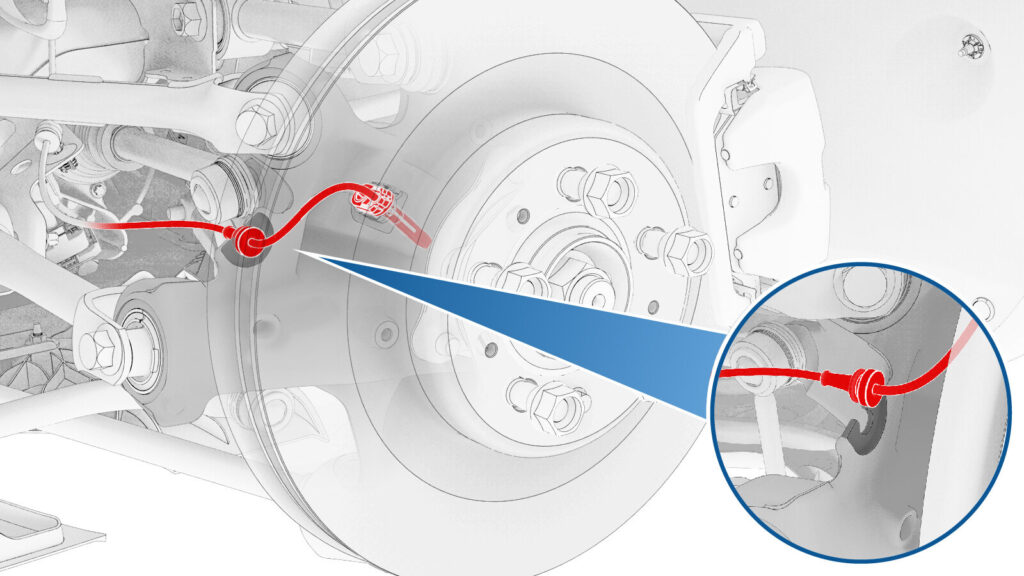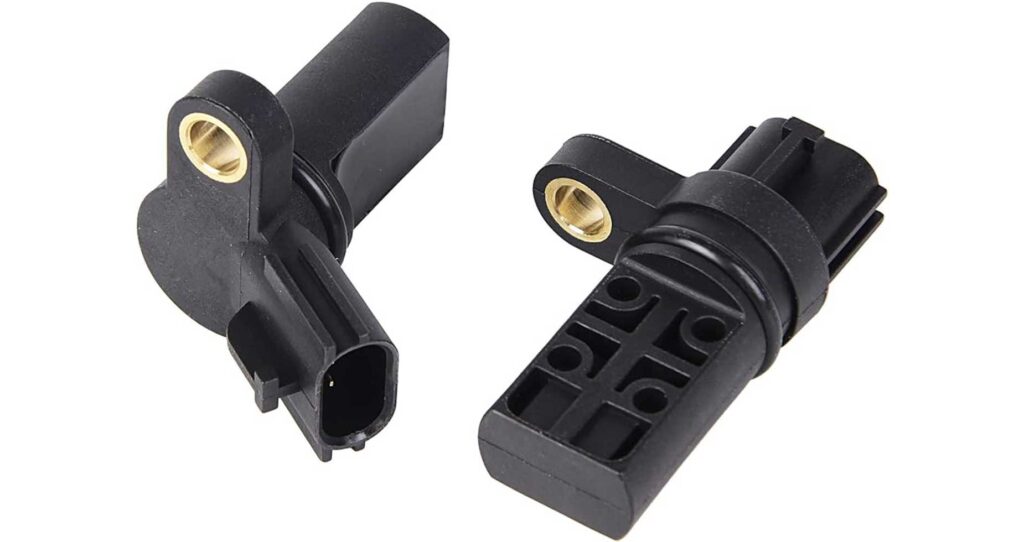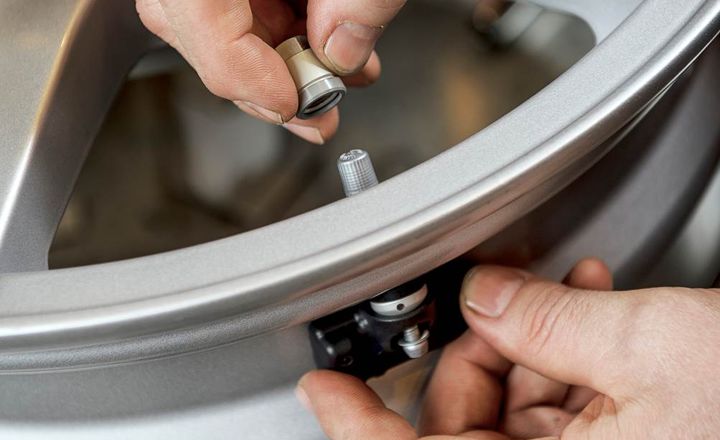
Similar Posts

Understanding Cores in the Automotive Industry: Why They Matter
Sharing is CaringWhen it comes to automotive repairs, there’s a lesser-known but important concept called a “core.” Many customers wonder what it is, why it’s important, and how it benefits them. Let’s dive into the basics to understand the role cores play in the automotive world. What is a Core? A “core” refers to the…

BUYING CAR SPARE PARTS ONLINE AND SAVE MONEY
Sharing is CaringYour car is a valuable and significant asset in which you invest in bringing some luxury and convenience at your home. However, routine use of the vehicle and the factors on road like road conditions, weather, etc. make it vulnerable to damage or wear of car spare parts. Moreover, it also needs time…

Managing Oil Consumption: When It’s Normal and When to Take Action
Sharing is CaringHave you ever checked your vehicle’s oil levels between regular service intervals only to notice that some of it has vanished? Don’t panic just yet—this could be perfectly normal! As vehicles evolve, longer service intervals and advanced engine technologies have redefined oil consumption expectations. Understanding what’s normal versus what’s excessive is key. West…

The Importance of Regular Maintenance and Using OEM vs Aftermarket Parts: A Comprehensive Guide
Sharing is CaringRegular vehicle maintenance is one of the key factors in ensuring a car’s longevity and optimal performance. Whether you own a brand-new vehicle or a trusted, older model, keeping up with regular services, repairs, and replacements is vital. But when it comes to replacing parts, one major question arises: should you choose Original…

How to Keep Your Car Battery from Overheating This Summer 2025
Sharing is CaringAs temperatures rise, so does the risk of car battery failure. The summer heat can be brutal on your vehicle’s battery, leading to reduced performance, shorter lifespan, and even complete breakdowns. To ensure you don’t get stranded under the scorching sun, follow these essential tips to protect your car battery from overheating this…

Ceramic vs. Semi-Metallic Brake Pads: Which is Right for You?
Sharing is CaringWhen it’s time to replace your vehicle’s brake pads, choosing the right type can be overwhelming. Two popular options are ceramic and semi-metallic brake pads, each with its own advantages and drawbacks. In this blog, we’ll provide a side-by-side comparison, focusing on three key areas: performance, longevity, and cost, helping you make an…


